Kenya
The evening before the assault on Addis Ababa, my guide Girmay and I ventured into a complex stuffed with bombs, bullets and missiles that must have been booby-trapped. A few minutes into taking photos, I heard detonations, and a bunker on the hill above us exploded. We dashed away as the rumbles and bangs behind us gathered in fury and then the earth burst in an eruption of fire, sending a mushroom cloud into the sky. As we ran, rockets and shells rained down on all sides, shrapnel and earth bursting in plumes. We took cover in a dry riverbed and I worked my way through a packet of cigarettes while the ground shook under the relentless explosions until dusk, when we raced madly across ploughed fields until we reached safety.
I’m thinking about this now because it’s 30 years to the day since it happened. Girmay was a young Tigrayan rebel officer and I was a foreign correspondent. That night, together with our posse of guerrilla bodyguards, we joined a column of Russian-made rebel tanks thundering towards Addis, entering the city as dawn broke with gunfire and booms of heavy guns. When the column got held up in a traffic jam of blasting tanks I jumped down off our T-54 and asked a shopkeeper if I could use her phone. Finally, I was able to get a call through to my bureau chief, Jonathan Clayton, who was barricaded behind his Hilton hotel room door in town, but ready to take down reams of colour copy.
Rolling into the city centre with the din of battle all around, we glimpsed a crowd pulling down a giant statue of Lenin. Then our tank roared up to the palace, caterpillar tracks smashing down the iron gates, and everybody cheering with sheer adrenaline and delight.
Girmay and I jumped down from the tank in clouds of diesel smoke, followed by our teenage bodyguards. Fighting in the palace grounds was still going on as we made our way past a cage inhabited by a starving lion and the latrines down which, we later discovered, the emaciated corpse of Emperor Haile Selassie had been stuffed during the communist revolution 16 years before. At last we found the dictator Mengistu’s inner sanctum. On the walls were pictures of Lenin and snaps of Mengistu and Fidel Castro together, grinning. There was a conference table and red leather chairs embossed with gold hammers and sickles. On the desk, a Lenin paperweight, a lighter inscribed by North Korea’s Kim Il-sung and Bob Marley’s Exodus LP. In the drawers, various drugs, condoms and the supreme leader’s business cards.
Later, I made my way to the Hilton. In the hotel bathroom, I saw myself in the mirror for the first time in weeks, and a sunken-cheeked, dirty, hair-covered face with staring eyes and parched lips looked back at me. On the road to Addis I had drafted my piece a thousand times in my head and now that I had it in my grasp, as the only foreign correspondent to have accompanied a 100,000-strong guerrilla army during the capture of a city, I was tongue-tied, unable to write a word. Somehow I cranked it out and after that, Girmay and I went out to buy half a cow’s carcass and fed it to that neglected and starving palace lion.
It was the best day of my life. I had travelled a thousand miles and seen two months of fighting in the deserts and stunning mountain landscapes of northern Ethiopia. The London Evening Standard splashed our story on the front page that night: ‘I SEE THE REBELS TAKE ADDIS ABABA — Reuters man rides in with tank convoy’.
‘Yeees, Dad, we’ve heard that story before,’ say my children when I go over it yet again. I am grateful to have been there to witness such events, even though after too many years of it one comes unstuck for a time. And I’m left for ever with my thoughts of Girmay, whose lovely country is now being destroyed by yet another conflict. And I remember my news colleagues, alive and dead. Just in our one Nairobi Reuters team over the years, we lost John, Dan, Hos, Anthony, Mo, Brian, Shafi and Victor. Then a few weeks ago Francis Gaitho, the engineer who used to make all our technology work so that we could flatten the opposition with scoops during the battle for Addis, went too. It had been too long since we had our last Tusker beer in Nairobi.
Got something to add? Join the discussion and comment below.
Get 10 issues for just $10
Subscribe to The Spectator Australia today for the next 10 magazine issues, plus full online access, for just $10.
You might disagree with half of it, but you’ll enjoy reading all of it. Try your first month for free, then just $2 a week for the remainder of your first year.


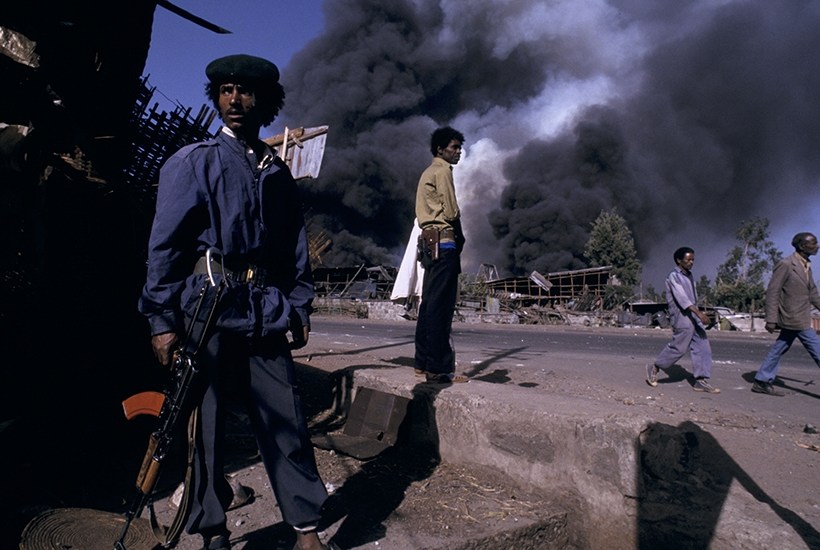
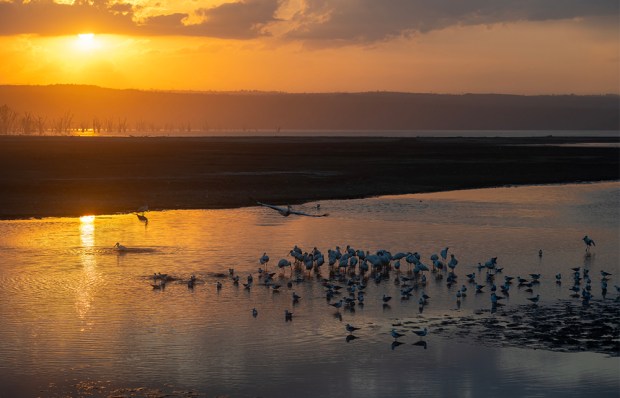

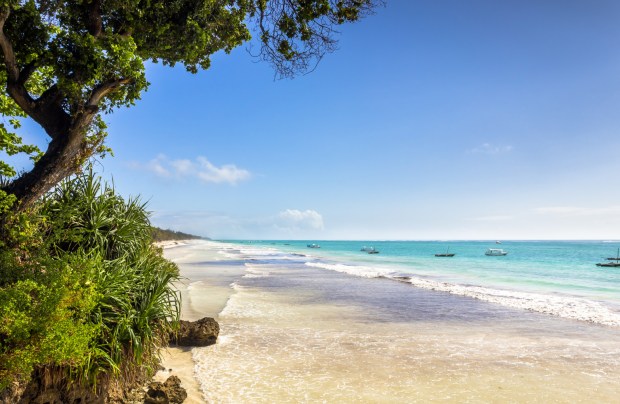
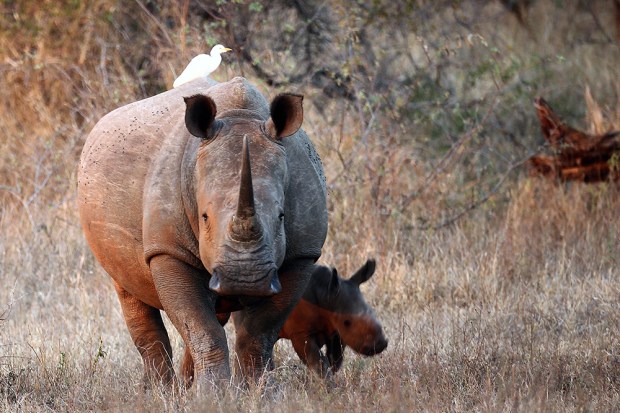
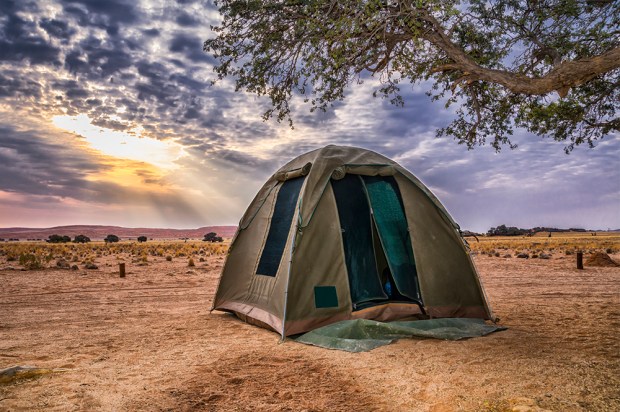
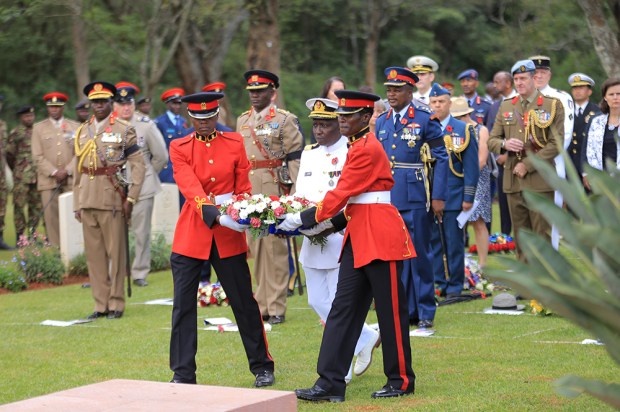






Comments
Don't miss out
Join the conversation with other Spectator Australia readers. Subscribe to leave a comment.
SUBSCRIBEAlready a subscriber? Log in